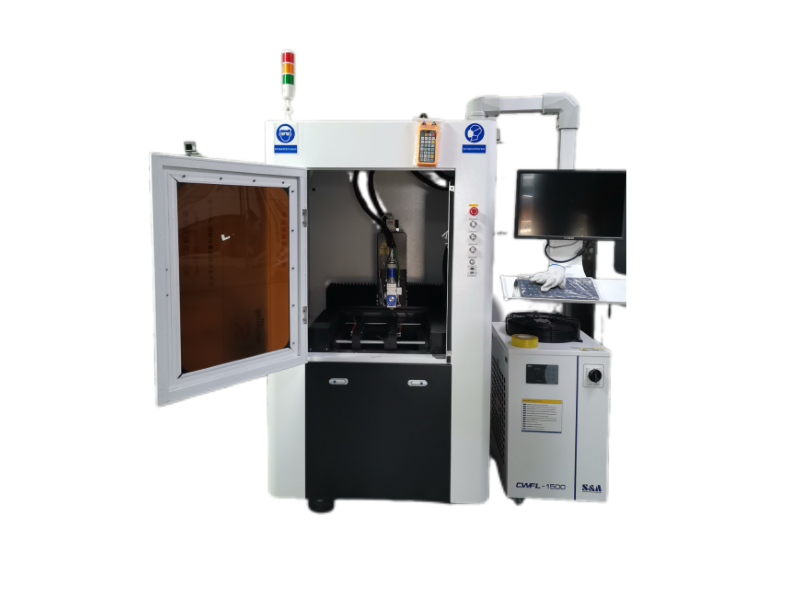The 3030 precision fiber laser cutting machine 3000W is widely used in the field of metal processing due to its high precision and high efficiency. However, different materials have different physical properties when cutting, and the corresponding parameters need to be adjusted to obtain the best cutting effect. This article will analyze in detail the key considerations for the 3030 precision fiber laser cutting machine 3000W when cutting different materials, helping enterprises to optimize the cutting process, improve processing quality and production efficiency.

1. Structural steel (carbon steel):
Recommended cutting gas: oxygen/nitrogen.
Oxygen cutting: Applicable to most structural steels. During the cutting process of the 3030 precision fiber laser cutting machine 3000W, oxygen and steel undergo oxidation reaction, increasing the heat in the cutting area and increasing the cutting speed. However, the cutting edge will be slightly oxidized and may require additional treatment.
Nitrogen cutting: Applicable to applications with high cutting quality requirements, which can obtain smooth, non-oxidized cutting edges and reduce the need for subsequent processing.
Example parameters (taking 3000W laser cutting machine as an example):
10mm thick carbon steel: It is recommended to use nitrogen high pressure cutting to obtain a non-oxidized smooth surface.
16mm thick carbon steel: Oxygen cutting can be used to improve cutting speed and production efficiency.
2. Stainless steel:
Recommended cutting gas: oxygen/nitrogen.
Oxygen cutting: Suitable for general processing, but will form an oxide layer on the cutting edge, affecting subsequent welding or coating processes.
Nitrogen cutting: It can obtain non-oxidized and burr-free cutting effects, reduce secondary processing, and improve product quality.
Process optimization:
Applying an oil film on the surface of the plate can improve the perforation effect and improve the processing quality.
3. Aluminum and aluminum alloys:
Recommended cutting gas: nitrogen/oxygen.
Oxygen cutting: The cutting surface is relatively rough, suitable for applications with low surface quality requirements.
Nitrogen cutting: The cutting surface is smooth, suitable for high-precision processing.
Special considerations:
Pure aluminum has a high reflectivity and is difficult to cut. It is recommended to use optical components with anti-reflective coating to prevent laser reflection from damaging the equipment.
4. Titanium and titanium alloys:
Recommended cutting gas: Argon / Nitrogen.
Nitrogen or argon cutting: can effectively prevent titanium from chemically reacting with air and obtain better cutting results.
Cutting parameters: You can refer to the cutting settings of carbon steel, but you need to adjust the focus position and gas flow rate appropriately.
5. Copper and brass:
Recommended cutting gas: Oxygen.
Cutting characteristics:
These two materials have extremely high reflectivity and strong thermal conductivity, which can easily affect laser energy absorption.
Generally, oxygen is selected as the cutting gas to improve cutting efficiency, but care should be taken to avoid slag adhesion.
Special requirements:
Optical components with anti-reflective coating are required to prevent laser reflection from damaging optical components.
When using 3030 precision fiber laser cutting machine 3000W to process different metals, it is necessary to select appropriate cutting gas and parameter settings according to the material characteristics to optimize cutting results and production efficiency. For highly reflective materials (such as copper, aluminum, etc.), it is recommended to use laser equipment with anti-reflection capabilities to reduce the risk of equipment damage.
If you want to learn more about the technical solutions of 3030 precision fiber laser cutting machine 3000W, or get professional selection advice, please contact us.

